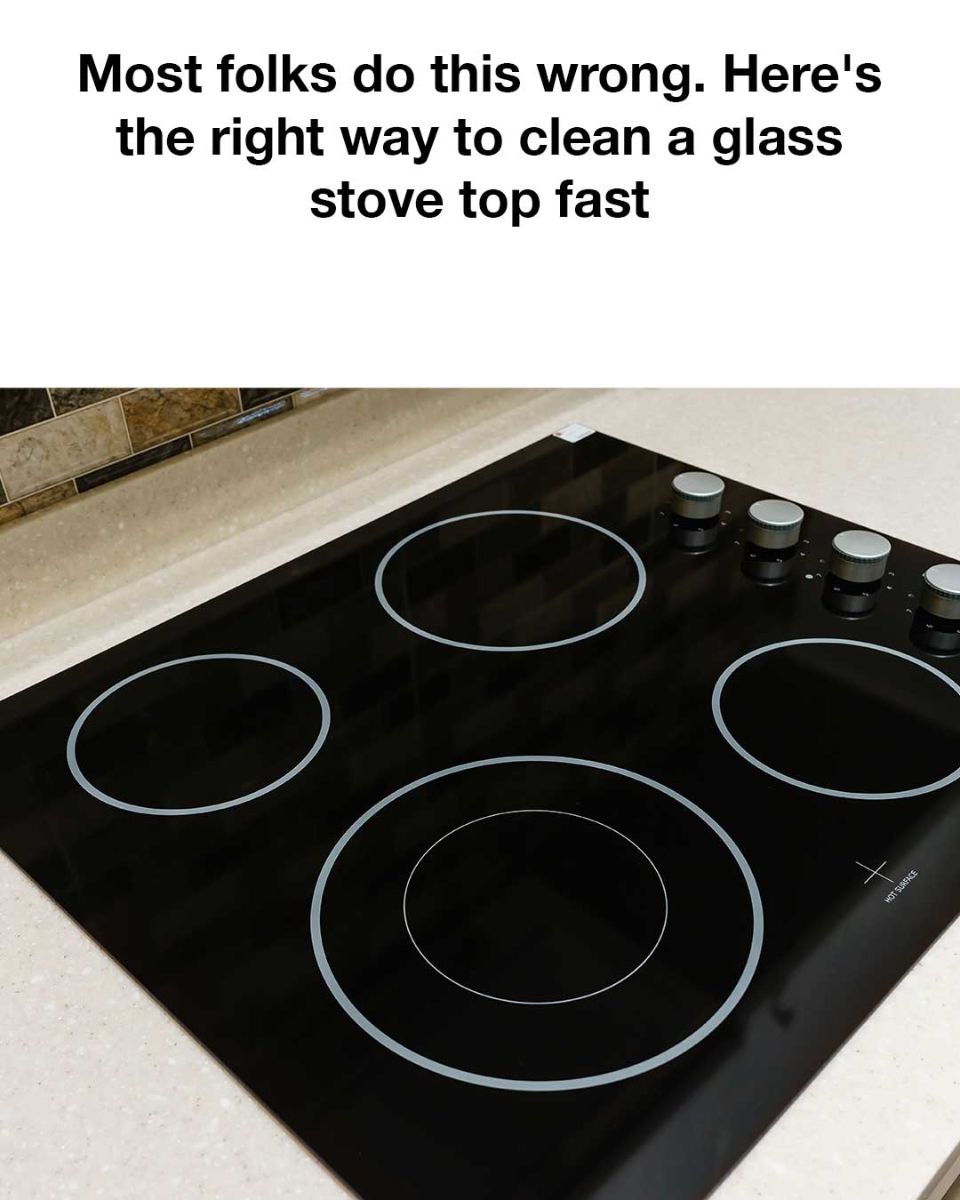Necessary Items:
- Baking soda
- White vinegar
- A spray bottle
- A microfiber cloth or a soft sponge
- A razor blade scraper (optional, for obstinate stains)
- Warm water
Step-by-Step Guide:
- Ensure the Stove Top is Cool: Prior to commencing the cleaning process, ensure that your stove top has completely cooled. This prevents streak formation and guarantees safety.
- Remove Loose Debris: Employ a dry microfiber cloth to wipe the stove top, removing any loose debris or crumbs.
- Spray Vinegar: Fill a spray bottle with white vinegar and liberally spritz the entire surface of the stove top. Vinegar acts as a natural degreaser, assisting in the breakdown of greasy residues.
- Sprinkle Baking Soda: Lightly dust the vinegar-coated surface with baking soda. Baking soda serves as a gentle abrasive, aiding in the removal of burnt-on food particles without scratching the glass.
- Let it Sit: Allow the vinegar and baking soda concoction to sit for approximately 15 minutes. During this interval, the two components will collaborate to soften and dislodge stubborn stains.
- Wipe Clean: After 15 minutes, use a damp microfiber cloth or soft sponge to gently remove the baking soda and vinegar mixture. The stains should easily come off, leaving your stove top immaculate and streak-free.
- Use a Razor Blade Scraper for Stubborn Stains (Optional): For particularly stubborn spots that resist the baking soda and vinegar treatment, cautiously use a razor blade scraper at a low angle to delicately lift the residue. Ensure the blade remains flat against the glass to avert scratching.
- Final Wipe: Once all stains have been eradicated, perform a final wipe-down with a clean, damp cloth to eliminate any remaining residue, then dry with a dry microfiber cloth.
Rationale Behind This Technique:
- Baking Soda’s Gentle Abrasiveness: Baking soda, with its mild abrasive properties, is ideal for cleansing obstinate stains without marring the glass surface. Additionally, it possesses natural deodorizing capabilities that help to eradicate lingering odors from burnt food.
- Vinegar’s Degreasing Prowess: Vinegar is a potent, natural degreaser. It disintegrates the oils and fats from cooking, facilitating the removal of grease and grime.
- Absence of Harsh Chemicals: In contrast to many commercial cleaners, this method utilizes natural ingredients that are safe for both your household and your stove top. There is no risk of damaging the glass or leaving behind toxic residues.
Routine Maintenance Suggestions
To preserve your glass stove top’s immaculate appearance, it is crucial to integrate regular maintenance into your cleaning regimen. Here are some suggestions:
- Immediate Spill Wipe-Up: If a spill occurs on your stove top, endeavor to wipe it up as soon as the surface has cooled. This prevents stains from setting in and simplifies the cleaning process.
- Employ a Stove Top Protector: Consider using a stove top protector mat to prevent scratches and reduce cleaning frequency. These mats are heat-resistant and can be easily removed and cleaned.
- Conduct Weekly Cleanings: Even if your stove top appears clean, it’s advisable to give it a quick wipe-down with vinegar and a microfiber cloth once a week. This prevents build-up and maintains your stove top’s glossy, new appearance.
By steering clear of common missteps and employing this low-effort cleaning technique, you can effortlessly maintain a spotless glass stove top. Not only will this enhance the cleanliness of your kitchen, but it will also prolong the lifespan of your stove, ensuring it remains in optimal condition for years to come.
👇 To continue reading, scroll down and click Next 👇
ADVERTISEMENT

